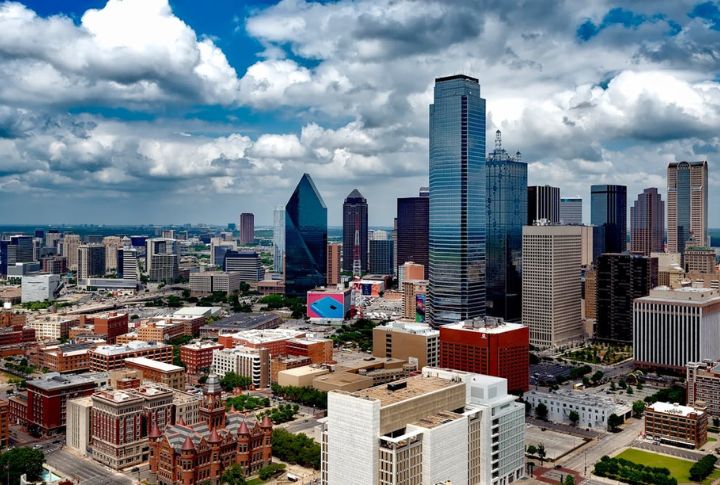
Opportunity used to knock loudest in Texas—but lately, more people are closing the door behind them on the way out. Economic pressure, political tension, and daily stressors are reshaping life in ways many didn’t expect. If you’re curious what’s tipping the scale, scroll on and see for yourself.
Skyrocketing Housing Costs
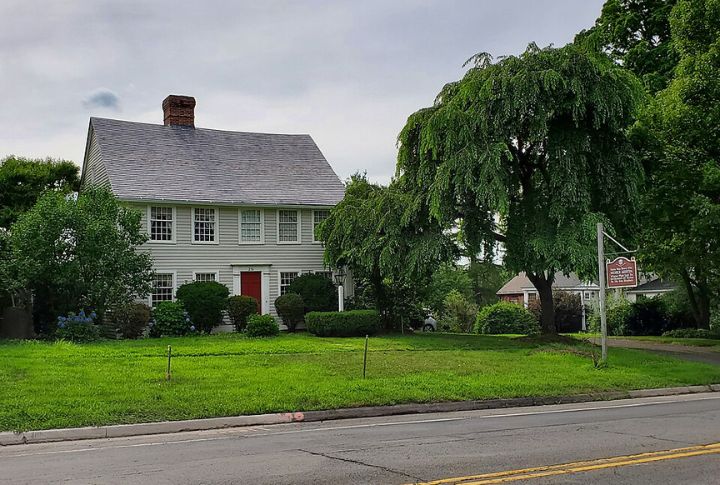
In cities like Austin and Dallas, wages haven’t kept up with home prices. Median listing prices have soared past $380,000, pricing out many middle-class families. If you’re not already wealthy, buying a home here can feel more like a fantasy than a financial goal.
Escalating Property Taxes
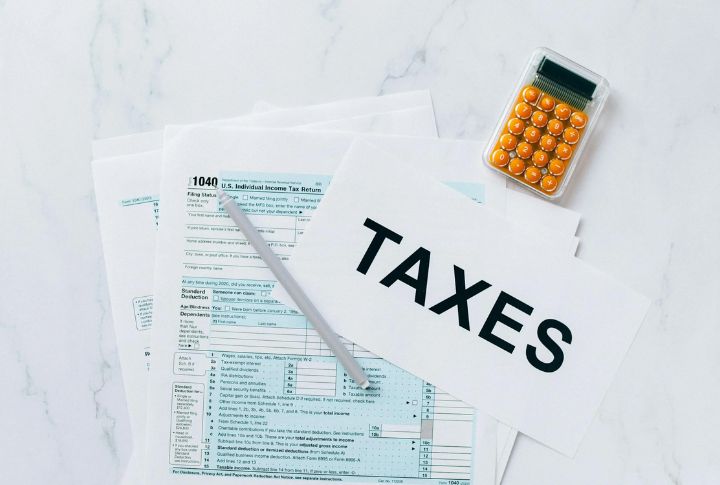
The state’s rising property taxes are hitting homeowners hard. Some counties have seen double-digit percentage increases year after year. In 2023, total property tax levies across Texas rose by nearly $4 billion, according to the Texas Comptroller’s biennial report.
Declining Tech Industry Opportunities
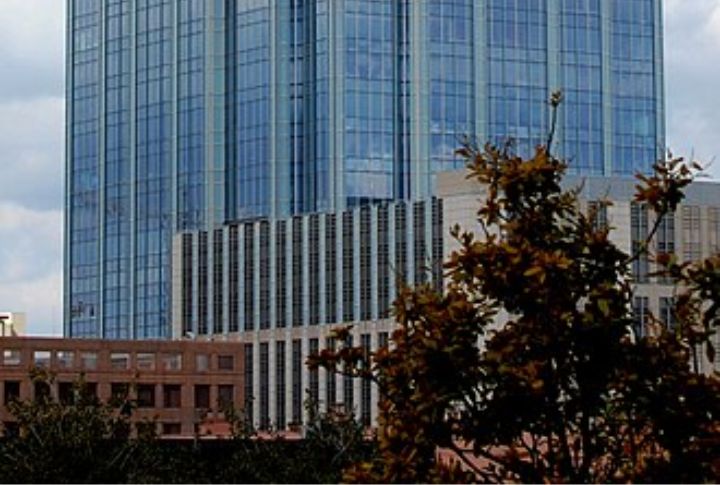
Once the toast of the tech world, Austin’s startup and tech job growth has cooled dramatically. In 2024, hiring dropped in both major firms and startups. Professionals are now shifting their gaze to more stable hubs with better long-term potential and fewer hiring freezes.
Strained Infrastructure
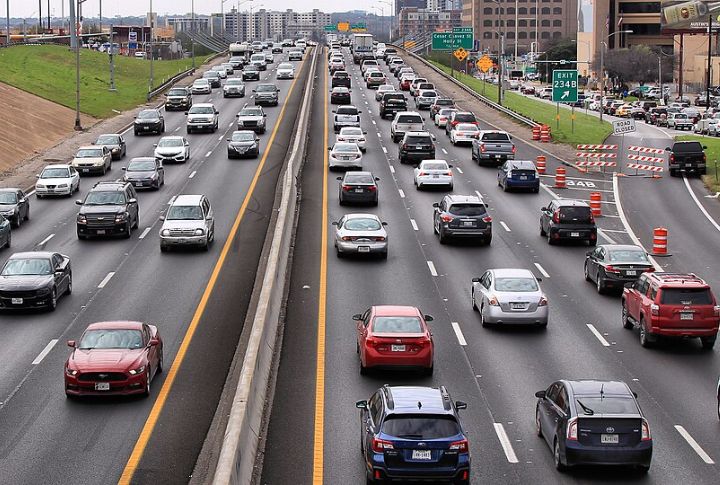
You’ll feel it in traffic and even power outages. Rapid population growth without matching upgrades has strained Texas’s infrastructure to the brink. When basic systems can’t keep up with demand, families begin to question whether staying is worth the daily inconvenience and long-term risk.
Child Care Burden

Texas families pay 9.9% of married‑couple income and 32.2% of single‑parent income on infant center care, far above the U.S. Department of Health & Human Services’ affordability benchmark. This places unsustainable financial pressure on new parents across the state.
Educational System Challenges
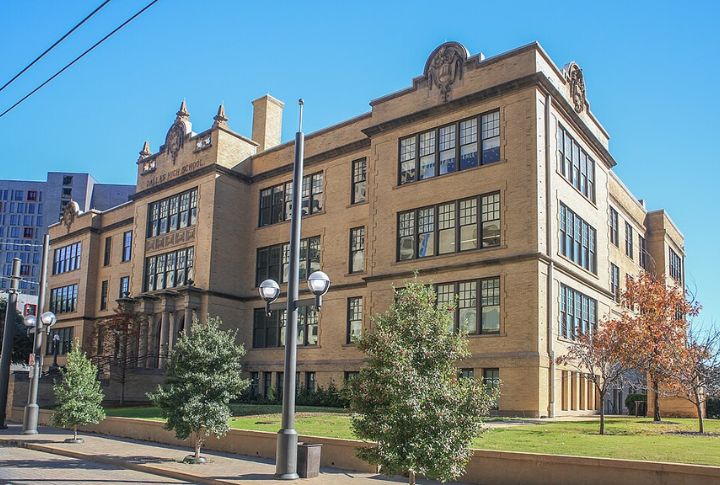
How do you raise a family when classrooms are overcrowded, teachers are underpaid, and school funding is unpredictable? According to the Texas State Teachers Association, Texas ranked 47th in per-student spending for 2024–25, investing $13,189, over $5,600 below the national average.
Extreme Weather Conditions
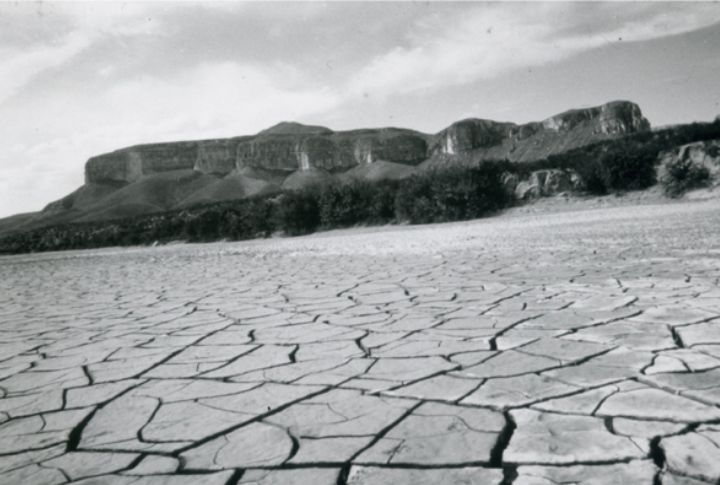
Another triple-digit heat wave isn’t just uncomfortable—it can be deadly. In 2023 alone, Texas recorded more than 300 heat-related deaths, a new high. Add hurricanes and droughts, and you’ve got a climate that’s making daily life harder, especially for seniors, children, and those with health concerns.
Healthcare Accessibility Issues
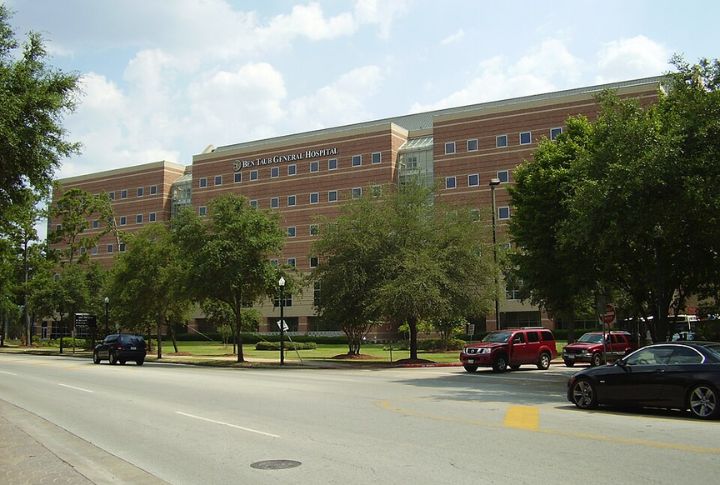
In 2023, Texas had the highest uninsured rate in the nation—16.4% of residents lacked coverage, more than double the average in the nation, according to the U.S. Census Bureau. In addition to rural hospital closures and limited Medicaid coverage, it’s no surprise that many residents are choosing to prioritize their health by relocating.
Rising Cost Of Living

What used to feel affordable now comes with sticker shock. Gas, groceries, healthcare—everything’s more expensive. Budget-conscious residents are looking elsewhere, opting for states where their money stretches further and the cost of daily life doesn’t feel like a slow financial bleed.
Urban Overcrowding
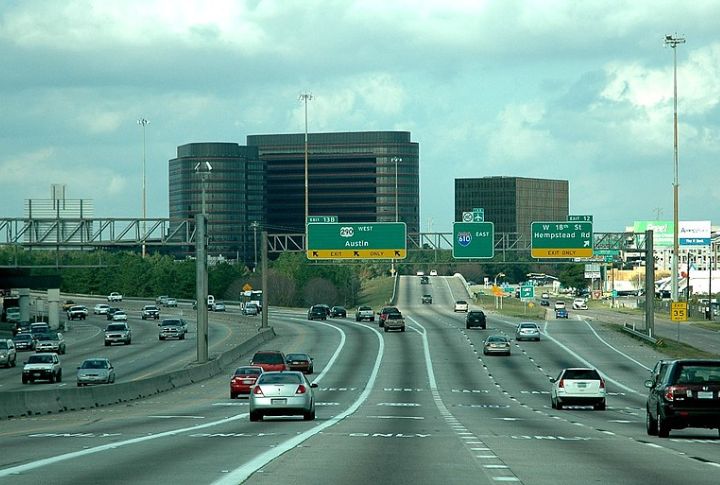
Imagine a morning commute that turns a 10-mile drive into an hour-long crawl. Beyond stuffed highways, dense neighborhoods and long waits for basic services are frustrating residents. When a city grows faster than it can handle, the quality of life drops, and so does people’s patience.
Environmental Concerns
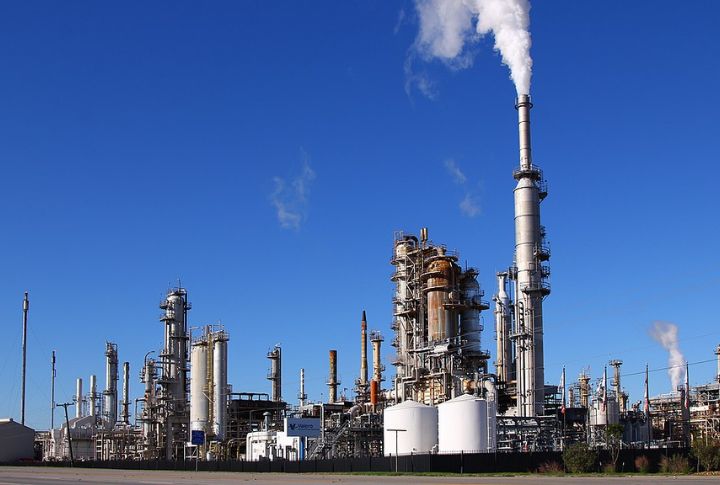
Texas’s air and water quality declined due to industrial expansion and a sharp rise in population. Between 2023 and 2024, the state added nearly 563,000 new residents, as reported by the U.S. Census Bureau. This 1.8% increase was the largest numeric growth in the country and further intensified pollution and pressure on natural resources.
Limited Public Transportation
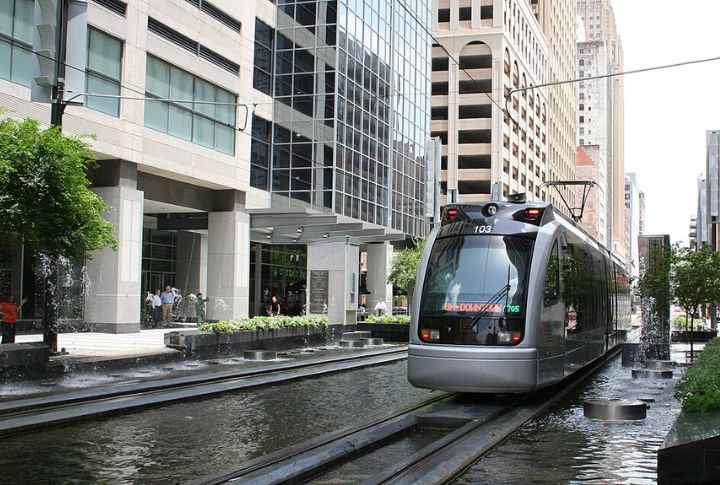
Imagine needing to get to work, a doctor, or even the grocery store and realizing there’s no viable transit option nearby. Not everyone can afford a car, and that reality forces tough choices. Many simply move to places where transportation doesn’t require a vehicle or a sacrifice.
Cultural Shifts
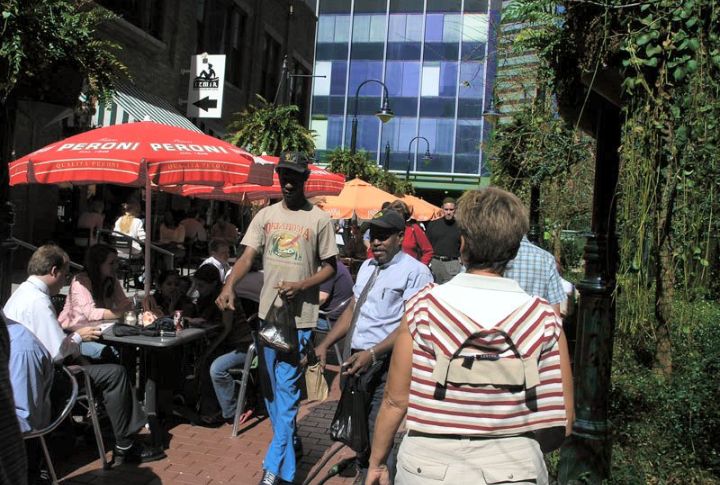
Some folks just want their neighborhood to feel like home. When new languages and lifestyles reshape familiar places overnight, it’s easy to feel like an outsider. Plenty of longtime residents are opting to move somewhere that still reflects the pace and culture they’re used to.
Employment Market Fluctuations
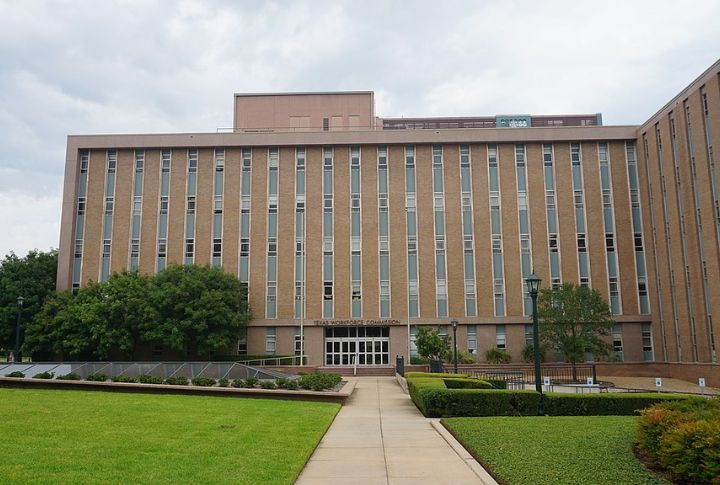
Jobs once seemed abundant. However, market contractions and industry shifts have brought uncertainty. For example, Texas energy-services firms cut 3,153 jobs in June 2025, as per the Energy Workforce & Technology Council. For job seekers, states with consistent growth and clearer opportunities are far more appealing.
Water Scarcity Issues
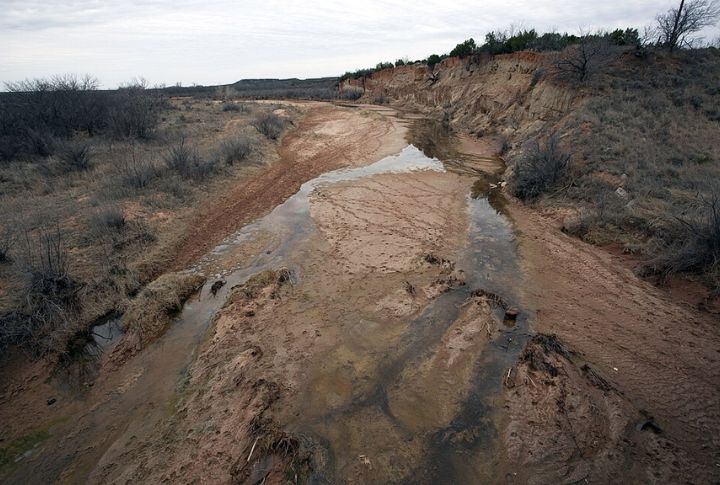
There was a time when freshwater felt limitless—those days are slipping away. Growth has soared, but the resources beneath the ground haven’t kept up. Communities outside city centers are learning the hard way how fragile their access to water has become in the face of deepening drought.
Crime Rate Increases

Houston saw a 4.6% rise in violent crime in 2024. Aggravated assaults contributed to the increase, which ended a three-year decline, according to the Houston Police Department’s citywide data. Many families and retirees now move to communities with stronger safety records and proactive law enforcement.
Limited Recreational Spaces
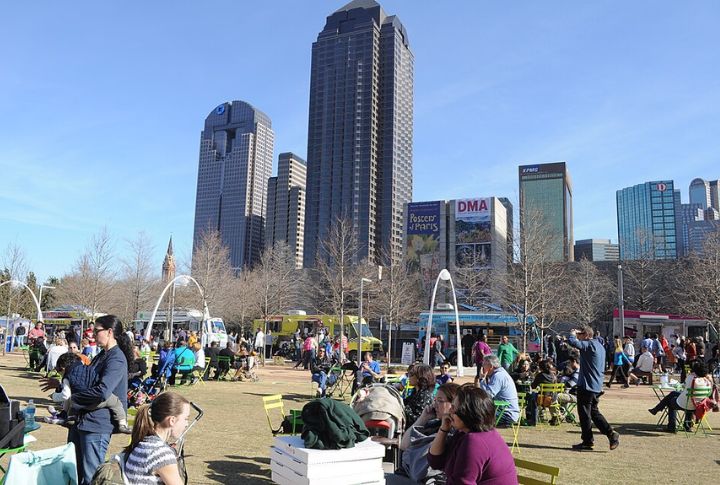
Crowded playgrounds, vanishing trails, and bulldozed tree lines reflect the trade-offs of rapid development. Where outdoor escapes once provided daily relief, concrete now dominates. Residents craving access to nature are increasingly relocating to regions that prioritize green infrastructure and thoughtful urban planning.
Restrictive Abortion And Reproductive Health Laws

Following the implementation of some of the nation’s strictest abortion bans, many residents, particularly women and young families, are leaving in search of reproductive autonomy. These laws have also affected access to broader reproductive healthcare, prompting a wave of health-motivated relocations to more supportive states.
Insurance Costs
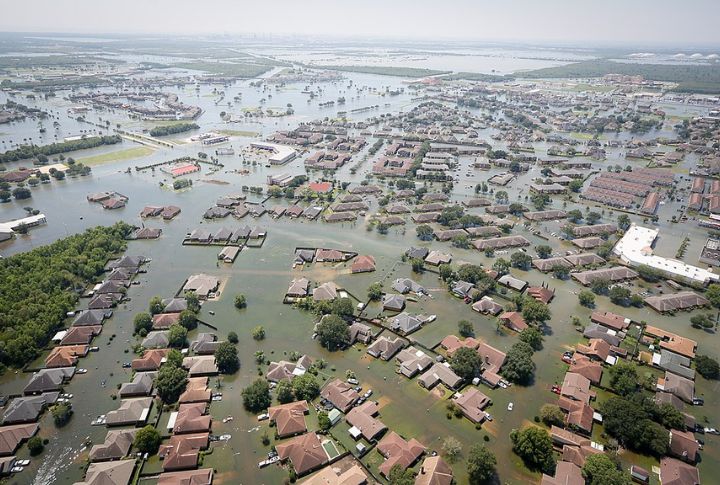
Texas homeowners’ insurance rates jumped nearly 19% in 2024, according to the Texas Department of Insurance. Hurricanes, floods, and fires drove up premiums across the board. With fewer affordable options, many residents now favor states with lower disaster exposure and stronger coverage stability.
Hostile Climate For Marginalized Communities
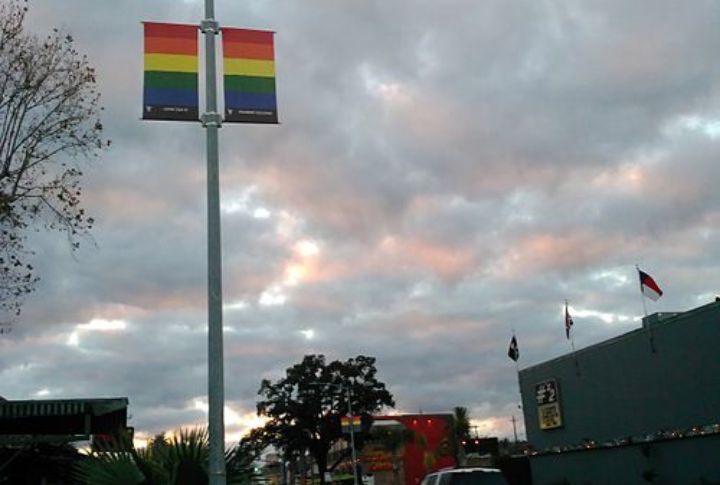
For many LGBTQ+ individuals and people of color, shifting social attitudes and legislative moves have fostered a sense of exclusion. Discrimination and reduced protections have led some Texans to seek more inclusive, affirming environments that offer safety and rights.
